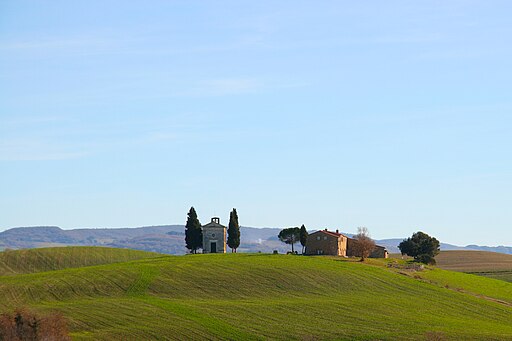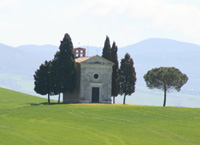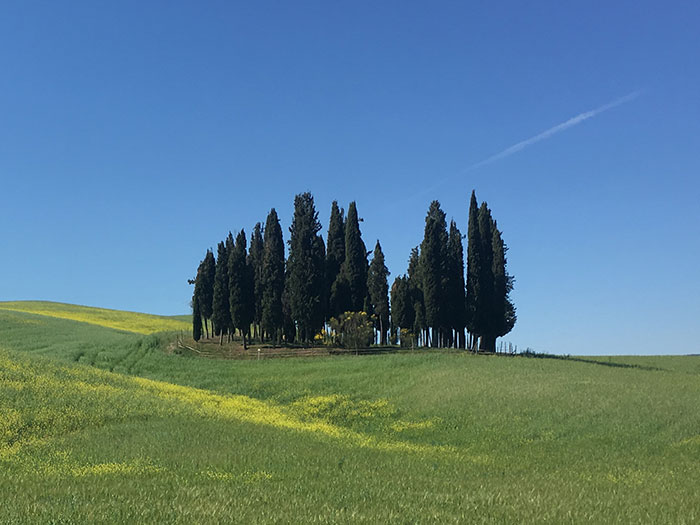Cypress trees in the Val d'Orcia |
Bird trapping techniques to capture wild birds include a wide range of techniques that have their origins in the hunting of birds for food. While hunting for food does not require birds to be caught alive, some trapping techniques capture birds without harming them and are of use in ornithology research.
|
Location cypress trees between Montalcino and San Quirico d'Orcia | Ingrandire mappa
|
|
||||
 |
 |
 |
||
Cipressi nella Val d'Orcia. La storia di Cyparissus nella Metamorfosi di Ovidio
|
San Quirico d'Orcia, Cappella della Madonna di Vitaleta
|
Cipressi e la Cappella della Madonna di Vitaleta, tra Pienza and San Quirico d'Orcia
|
||
 |
 |
 |
||
| Cypress trees between San Quirico d'Orcia and Montalcino | Cappella della Madonna di Vitaleta, nei pressi di San Quirico d'Orcia
|
Viale dei Cipressi, Bolgheri, Castagneto Carducci
|
||
|
||||
Cypress trees in the Val d'Orcia, inverno
|
||||
| #travelingintuscany Cypress trees between Montalcino and San Quirico d’Orcia, winter 2018 Foto di@giovannonimatteo79 |
||||
